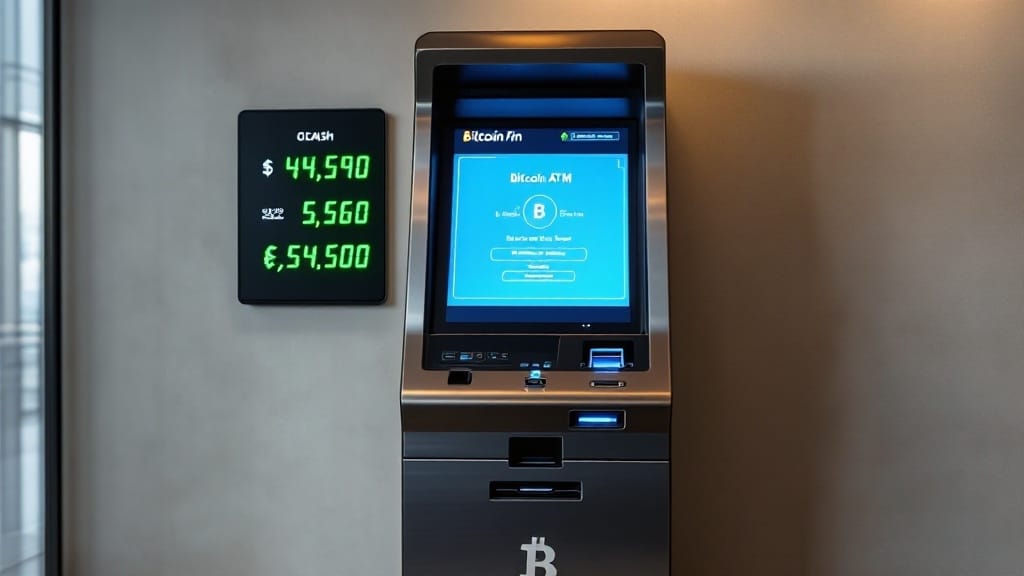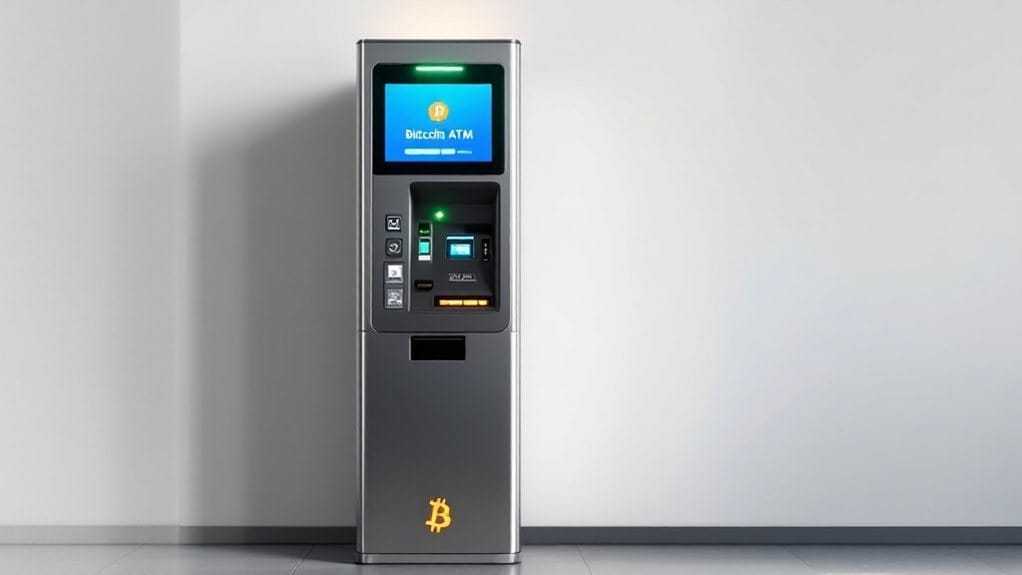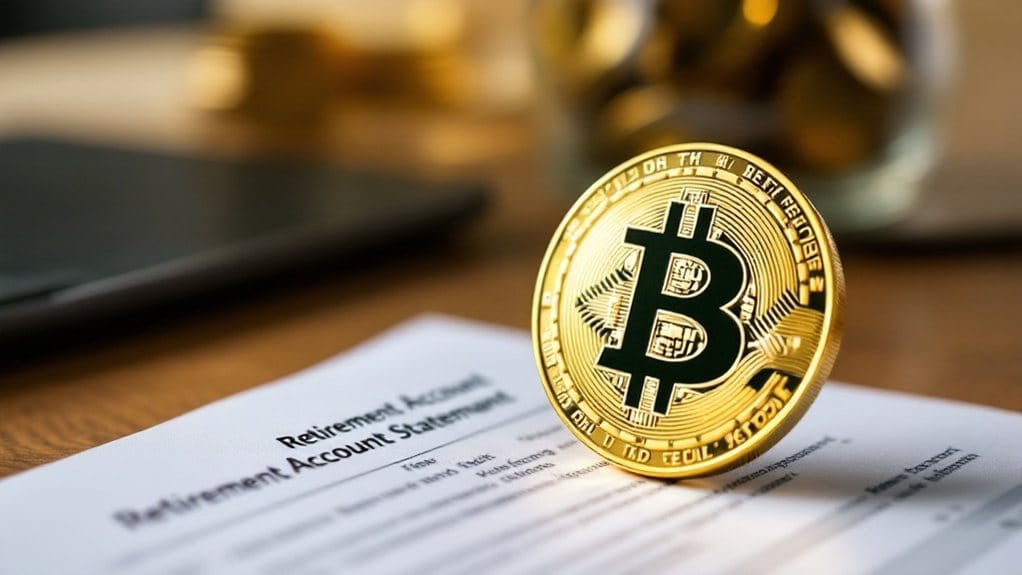Bitcoin ATMs function as physical kiosks where users can purchase or sell cryptocurrency using cash or cards. The machines connect to exchanges through blockchain technology, displaying real-time rates and requiring users to have digital wallets for transactions. To use a Bitcoin ATM, customers select their transaction type, complete identity verification, scan their wallet's QR code, and receive confirmation receipts. While fees are higher than traditional exchanges, these machines provide essential access points for those seeking to enter the cryptocurrency market.

Bitcoin ATMs, specialized physical kiosks that enable users to buy and sell cryptocurrency using traditional fiat money, have emerged as vital infrastructure bridging the digital and physical financial worlds. These machines, which now number over 38,000 globally, operate through blockchain technology and connect directly to cryptocurrency exchanges, facilitating real-time transactions without requiring users to have traditional bank accounts. The first Bitcoin ATM was installed in Vancouver, Canada in 2013, marking a significant milestone in cryptocurrency accessibility.
Bitcoin ATMs serve as crucial bridges between digital and traditional finance, offering accessible cryptocurrency transactions through physical kiosks worldwide.
The distribution of Bitcoin ATMs remains heavily concentrated in North America, with approximately 90% located in the United States, positioned strategically in high-traffic areas such as shopping malls, convenience stores, and transportation hubs. Users can easily locate these machines through specialized applications like Coin ATM Radar, which provides real-time information about ATM locations and operational status. These machines commonly display real-time exchange rates to ensure transparency in pricing for users. These ATMs function as essential fiat on-ramps for newcomers looking to enter the cryptocurrency market efficiently.
The functionality of these machines extends beyond simple buying and selling operations, as bi-directional ATMs enable users to perform both cash-to-Bitcoin and Bitcoin-to-cash transactions. To initiate a transaction, users must possess a digital wallet and complete different verification processes, which typically include phone number confirmation or government ID scanning, particularly for larger transactions that trigger additional security measures.
While Bitcoin ATMs offer convenience and accessibility, they come with notable limitations and risks, including higher transaction fees compared to traditional cryptocurrency exchanges and reduced anonymity due to regulatory requirements. The instant nature of these transactions, while beneficial for immediate access to cryptocurrency, also means that errors cannot be reversed, emphasizing the importance of careful transaction verification.
The process of using a Bitcoin ATM involves selecting the desired transaction type, completing necessary identity verification steps, and scanning a QR code linked to the user's digital wallet. These machines generate transaction confirmations through paper receipts or email notifications, providing users with proper documentation of their cryptocurrency operations.
Despite their limitations, Bitcoin ATMs continue to serve as significant access points for cryptocurrency adoption, particularly for individuals seeking immediate conversion between digital and traditional currencies without requiring extensive technical knowledge or banking relationships.
FAQs
Can I Buy Bitcoin From ATMS Using a Credit Card?
Some Bitcoin ATMs support credit card transactions, though this feature isn't universally available.
Users can purchase Bitcoin by inserting their credit card and following the machine's prompts, similar to traditional ATM operations.
The process requires a cryptocurrency wallet for receiving purchased Bitcoin, and transaction limits may apply.
Credit card functionality offers improved security through fraud protection and eliminates the need to carry cash.
What Happens if the Bitcoin ATM Malfunctions During a Transaction?
When a Bitcoin ATM malfunctions during a transaction, users should immediately document the time, amount, and transaction details.
Common issues include retained cash without Bitcoin dispensation, incomplete transactions, or system freezes.
Users must contact the ATM operator using displayed contact information and may need to provide transaction proof for reimbursement.
In severe cases where operators are unresponsive, legal action might be necessary to recover funds.
Are Bitcoin ATM Transactions Reported to Tax Authorities?
Bitcoin ATM transactions are reported to tax authorities through required compliance protocols.
Operators must submit transaction data to relevant agencies, including FinCEN and the IRS, while maintaining detailed records of all purchases and sales.
Users' transactions exceeding certain thresholds trigger automatic reporting requirements, and the ATM operators are legally obligated to collect and verify customer identification information through KYC procedures for tax monitoring purposes.
Can I Withdraw Bitcoin From Any Cryptocurrency Wallet at These ATMS?
Most Bitcoin ATMs support a wide range of cryptocurrency wallets, including both custodial and non-custodial options, though compatibility can vary by operator.
Users typically need a wallet that can generate QR codes and supports the specific cryptocurrencies offered by the ATM.
While mainstream wallets like Coinbase, Trust Wallet, and MetaMask generally work well, some ATMs may have restrictions or preferred wallet partnerships that limit withdrawal options.
Do Bitcoin ATMS Work Internationally With Foreign ID Documents?
Bitcoin ATMs generally accept foreign ID documents, operating under international compliance standards that vary by jurisdiction.
Most machines support multiple forms of government-issued identification, including passports, driver's licenses, and national ID cards from different countries.
However, transaction limits and verification requirements differ based on local regulations, with some countries imposing stricter KYC protocols that may affect foreign users' access levels and withdrawal capabilities.









